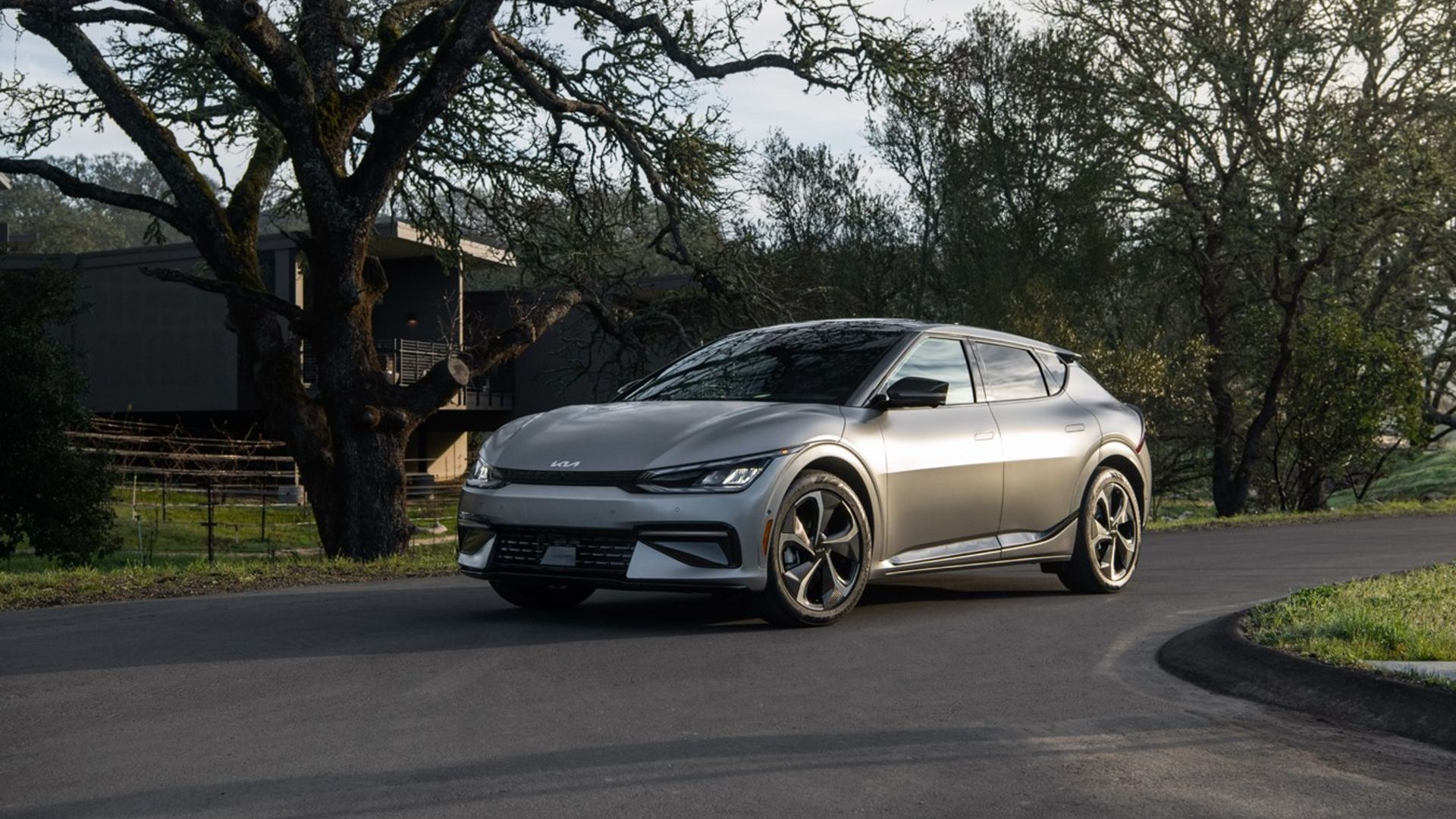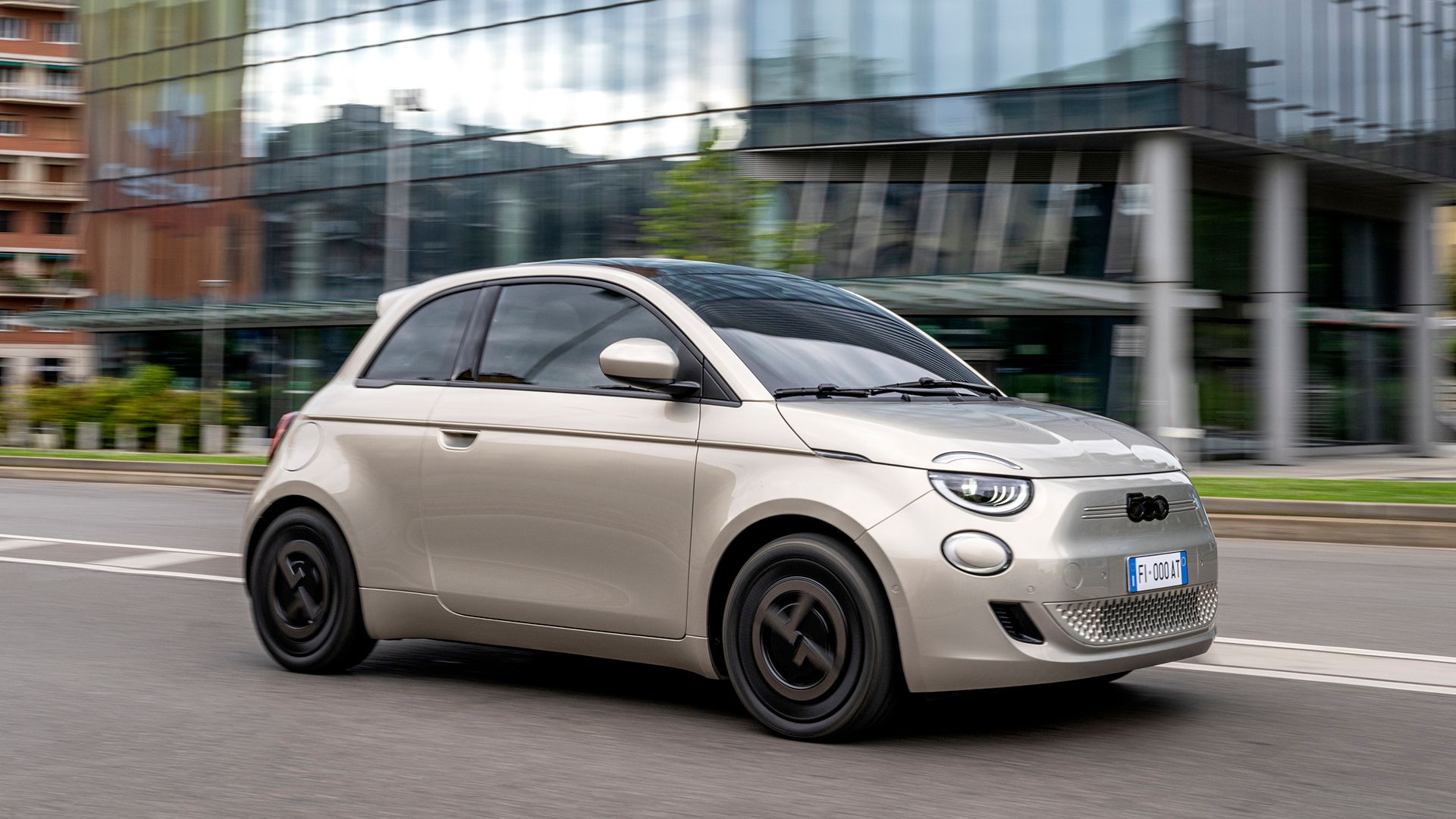Electric vehicles have reshaped the way we think about driving costs, making fuel efficiency less about how many dollars we’re putting into a fuel tank and more about how much our utility bill will increase. The shift to EVs isn’t just about cutting tailpipe emissions—it’s also a game-changer for vehicle operating expenses. Another neat part is that energy costs in EVs don’t follow the historic patterns of traditional gas-powered cars. With internal combustion engines, increasing power usually means worsening fuel economy because bigger engines, or engines with more cylinders or a blower, are thirstier for more fuel.
EVs, however, don’t follow that rule. Adding motors to enhance power might use energy more quickly, but the relationship isn’t as direct, and an EV’s power and efficiency depend more on factors like battery management and drivetrain optimization. With that relationship in mind, let’s look at the EVs that stretch a dollar, and a kilowatt-hour, best over 100 miles of driving.
In order to give you the most up-to-date and accurate information possible, the data used to compile this article was sourced from various manufacturer websites and other authoritative sources, including the EPA, Motor Trend, and Edmunds. The models below have been ranked in descending order based on their EPA-estimated energy cost over 100 miles.
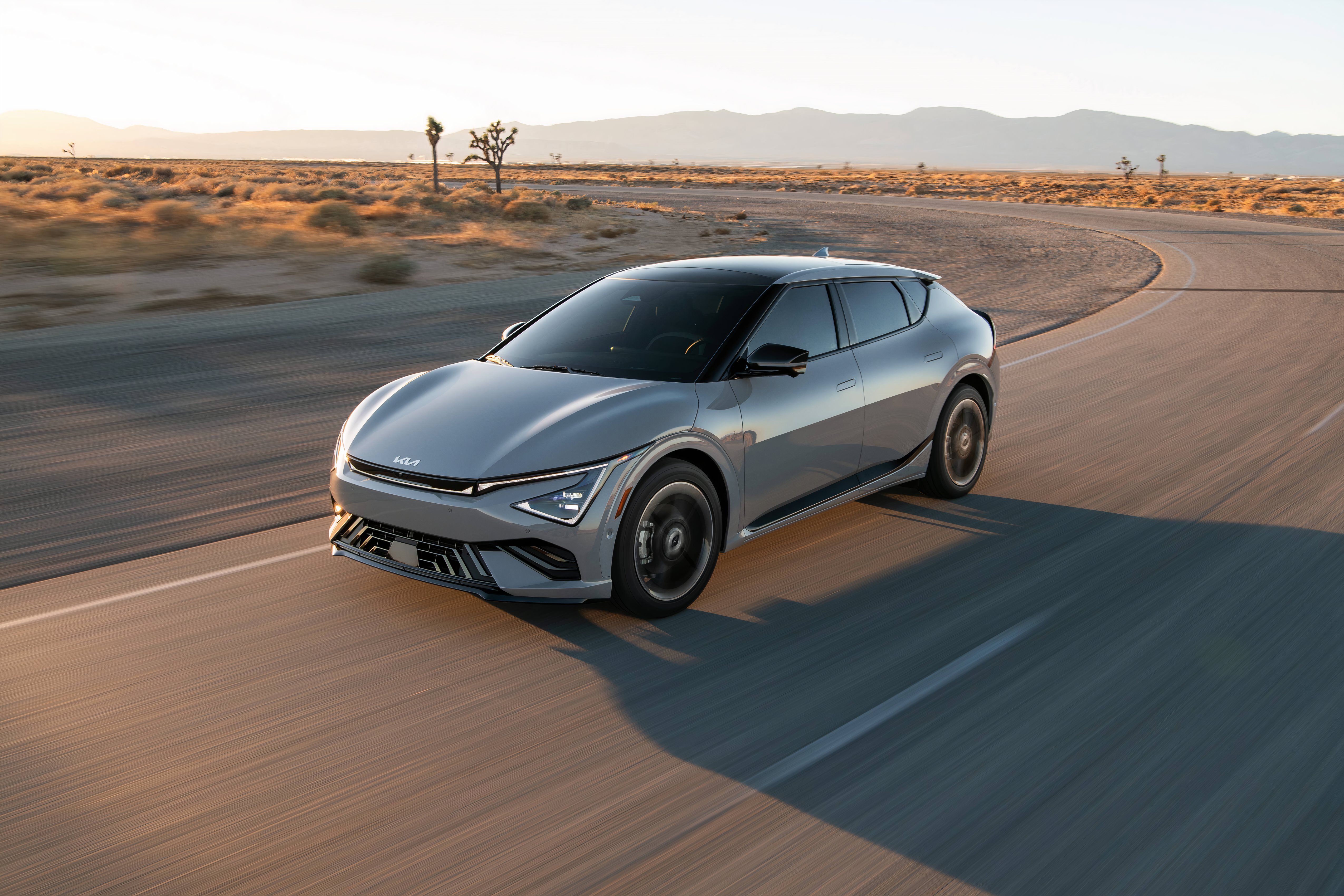
Related
2025 Kia EV6 Interior And Exterior Photo Gallery
The 2025 Kia EV6 arrives with changes on both the exterior and the interior, but also with more powerful powertrains and larger battery options.
10
2024 Kia EV6 Light
Estimated Energy Cost Per 100 Miles: $4.36
The Kia EV6 Light is the entry-level variant of Kia’s sleek electric crossover, which debuted in 2022 as the brand’s first dedicated EV on Hyundai’s E-GMP platform. Taking on established crossover EVs like the Ford Mustang Mach-E and Tesla Model Y, the EV6 stands out with bold styling and sporty driving dynamics.
2024 Kia EV6 Light Specifications
|
Motors |
Single permanent magnet |
|
Power |
167 hp |
|
Torque |
258 lb-ft |
|
Driveline |
Rear-wheel drive |
|
Battery Capacity |
58 kWh |
|
Charging Times |
18 minutes to 9 hours |
|
Range |
232 miles |
|
Efficiency City |
136 MPGe |
|
Efficiency Highway |
100 MPGe |
|
Efficiency Combined |
117 MPGe |
|
Energy Consumption |
29 kWh/100 miles |
|
Annual Energy Cost |
$650 |
|
Starting Price |
$42,600 |
Under the hood (actually, under the floor), the 2024 Kia EV6 Light’s small battery and single motor deliver an efficient mix, though its limited range means it is more of a city-runabout than a long-distance cruiser, because you’ll have to stop for charging more often (although it also charges more quickly).
Pros
- Ultra-fast charging capability
- Sleek styling with a spacious cabin
- Engaging driving dynamics
Cons
- Short range
- Base model lacks all-wheel drive and higher-performance options
- As an import, it’s not eligible for federal tax credits
9
2025 Fiat 500e
Estimated Energy Cost Per 100 Miles: $4.36
The Fiat 500e returns to American soil after a six-year hiatus as the only Fiat 500 in the American market (there are non-EV variants elsewhere in the world). Competing against the likes of the Mini Cooper SE and the veteran Nissan Leaf, the second generation expands on its city-car roots with a thoroughly efficient electric powertrain.
2025 Fiat 500e Specifications
|
Motors |
Single permanent magnet |
|
Power |
117 hp |
|
Torque |
162 lb-ft |
|
Driveline |
Front-wheel drive |
|
Battery Capacity |
42 kWh |
|
Charging Times |
35 minutes to 6 hours |
|
Range |
149 miles |
|
Efficiency City |
127 MPGe |
|
Efficiency Highway |
104 MPGe |
|
Efficiency Combined |
116 MPGe |
|
Energy Consumption |
29 kWh/100 miles |
|
Annual Energy Cost |
$650 |
|
Starting Price |
$32,500 |
The first electric Fiat 500 was far from a runaway success, and was discontinued with the rest of the 500 line in 2019, with other Fiats in 2020. Unlike the majority of EVs, the Fiat 500e is committed to providing efficiency in a stylish city-friendly package, evidenced by its small footprint, limited range, and inclination toward slow charging.
Pros
- Small and maneuverable
- Classic design
- Remarkable efficiency
Cons
- Limited range
- Slow DC fast-charging
- Modest power output
8
2025 Tesla Model Y Launch Edition
Estimated Energy Cost Per 100 Miles: $4.32
The Tesla Model Y is not only one of the best-selling electric crossovers in the world, competing with rivals like the Ford Mustang Mach-E and Volkswagen ID.4, it is one of the best-selling EVs, period. Since its debut in 2020, it has been a leader in efficiency, practicality, and style, with the latter benefiting from a makeover for 2025.
2025 Tesla Model Y Long Range AWD Specifications
|
Motors |
Rear permanent magnet + front induction |
|
Power |
384 hp |
|
Torque |
375 lb-ft |
|
Driveline |
All-wheel drive |
|
Battery Capacity |
75 kWh |
|
Charging Times |
27 minutes to 7.5 hours |
|
Range |
311 miles |
|
Efficiency City |
123 MPGe |
|
Efficiency Highway |
111 MPGe |
|
Efficiency Combined |
117 MPGe |
|
Energy Consumption |
29 kWh/100 Miles |
|
Annual Energy Cost |
$650 |
|
Starting Price |
$59,990 |
The new-look 2025 Tesla Model Y Launch Edition is the Long Range AWD variant, and the only one available at the moment, and it’s a pricey one—jumping $10,000 from the previous generation. Expect RWD and Performance models to come along later, but for now, it features 384 horses, a range of over 325 miles, and the ability to top up in about 25 minutes.
Pros
- Excellent range and efficiency
- Access to Tesla’s Supercharger network
- Strong acceleration and agile handling
Cons
- Stiff ride
- Interior lacks physical controls and traditional luxury
- Limited eligibility for federal tax credits
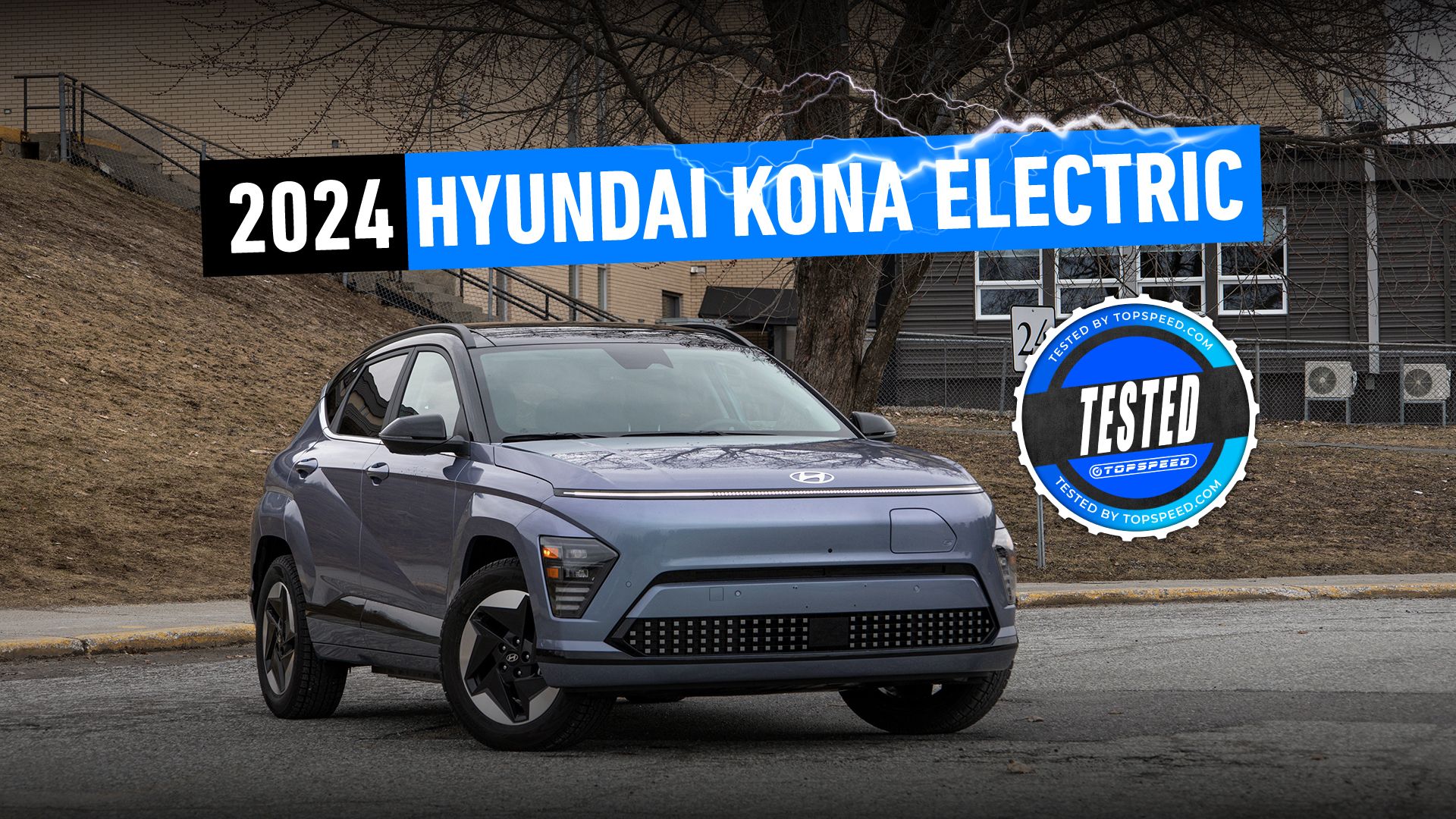
Driven
2024 Hyundai Kona Electric Has Me Missing The Old Model
The new Kona Electric is larger, more comfortable and generally better overall, yet, somehow, I still miss the last-generation model.
7
2025 Hyundai Kona Electric
Estimated Energy Cost Per 100 Miles: $4.28
The Hyundai Kona was introduced in 2017 as Hyundai’s smallest crossover in three iterations – each powered by ICE, hybrid, and EV powertrains – continuing Hyundai’s tradition of offering large cabins using a small footprint. For 2024, the lineup gets a futuristic exterior and continues with the same powertrains, including the fully electric Kona EV.
2025 Hyundai Kona Electric Specifications
|
Motors |
Single permanent magnet |
|
Power |
133 hp |
|
Torque |
188 lb-ft |
|
Driveline |
Front-wheel drive |
|
Battery Capacity |
48.6 kWh |
|
Charging Times |
43 minutes to 5 hours |
|
Range |
200 miles |
|
Efficiency City |
131 MPGe |
|
Efficiency Highway |
105 MPGe |
|
Efficiency Combined |
118 MPGe |
|
Energy Consumption |
29 kWh/100 miles |
|
Annual Energy Cost |
$650 |
|
Starting Price |
$32,975 |
The second generation Hyundai Kona Electric builds on the success of its predecessor with a more spacious interior and improved technology, while remaining a budget-friendly EV. The smallest of two battery options makes the FWD Kona ultra efficient with average range, but it lacks the ability to recharge quickly at a roadside charger.
Pros
- Roomy interior for its size
- Impressive efficiency
- Feature-packed
Cons
- Annoyingly slow fast charging
- No AWD availability
- Lacks the ultra-modern tech of Hyundai’s more premium EVs
6
2025 Toyota bZ4X
Estimated Energy Cost Per 100 Miles: $4.24
As Toyota’s current sole representative in the EV marketplace, the Toyota bZ4X offers an electric option to compete against the Nissan Ariya and Volkswagen ID.4, among others in the competitive compact crossover segment. The plus side is that it taps into Toyota’s reputation for reliability and offers a serene ride.
2025 Toyota bZ4X Specifications
|
Motors |
Single permanent magnet |
|
Power |
201 hp |
|
Torque |
196 lb-ft |
|
Driveline |
Front-wheel drive |
|
Battery Capacity |
71.4 kWh |
|
Charging |
30 minutes to 11 hours |
|
Range |
252 miles |
|
Efficiency City |
131 MPGe |
|
Efficiency Highway |
107 MPGe |
|
Efficiency Combined |
119 MPGe |
|
Energy Consumption |
28 kWh/100 Miles |
|
Annual Energy Cost |
$650 |
|
Starting Price |
$37,070 |
As the brand’s first mass-market EV, the Toyota bZ4X prioritizes efficiency, savings, practicality, and a familiar driving experience for buyers leaving gas-powered SUVs behind. While it doesn’t push the boundaries of performance or cutting-edge technology, or even world-changing efficiency, the 2025 Toyota bZ4X will win buyers over with Toyota’s strengths.
Pros
- Comfortable, quiet ride
- Toyota reputation for reliability and durability
- Impressive efficiency
Cons
- Half-hour to top up at fast charger
- Lack of cutting-edge technology
- Not eligible for federal tax credits
5
2024 Tesla Model S
Estimated Energy Cost Per 100 Miles: $4.16
The Tesla Model S has staked its legacy as one of the longest-serving, highest-range, and most efficient luxury EVs on the market, competing with high-end electric sedans like the Lucid Air and Porsche Taycan. Since its debut in 2012, the Model S has set benchmarks for EV efficiency, performance, and technology.
2024 Tesla Model S Specifications
|
Motors |
Two permanent magnet |
|
Power |
650 hp |
|
Torque |
510 lb-ft |
|
Driveline |
All-wheel drive |
|
Battery Size |
100 kWh |
|
Charging Times |
21 minutes to 9 hours |
|
Range |
402 miles |
|
Efficiency City |
127 MPGe |
|
Efficiency Highway |
116 MPGe |
|
Efficiency Combined |
122 MPGe |
|
Energy Consumption |
28 kWh per 100 miles |
|
Annual Energy Cost |
$600 |
|
Starting Price |
$79,990 |
The latest iteration refines its minimalist interior, integrates advanced driver-assistance features, and retains Tesla’s signature combination of long-range capability and strong acceleration. The entry-point AWD 2024 Tesla Model S produces 670 hp and delivers over 400 miles of range, for the price of a daily take-out coffee.
Pros
- Exceptional range and efficiency
- Extensive fast-charging network
- Awesome acceleration
Cons
- Aging and polarizing interior
- High-price point
- Ride quality and luxury feel lag behind competitors
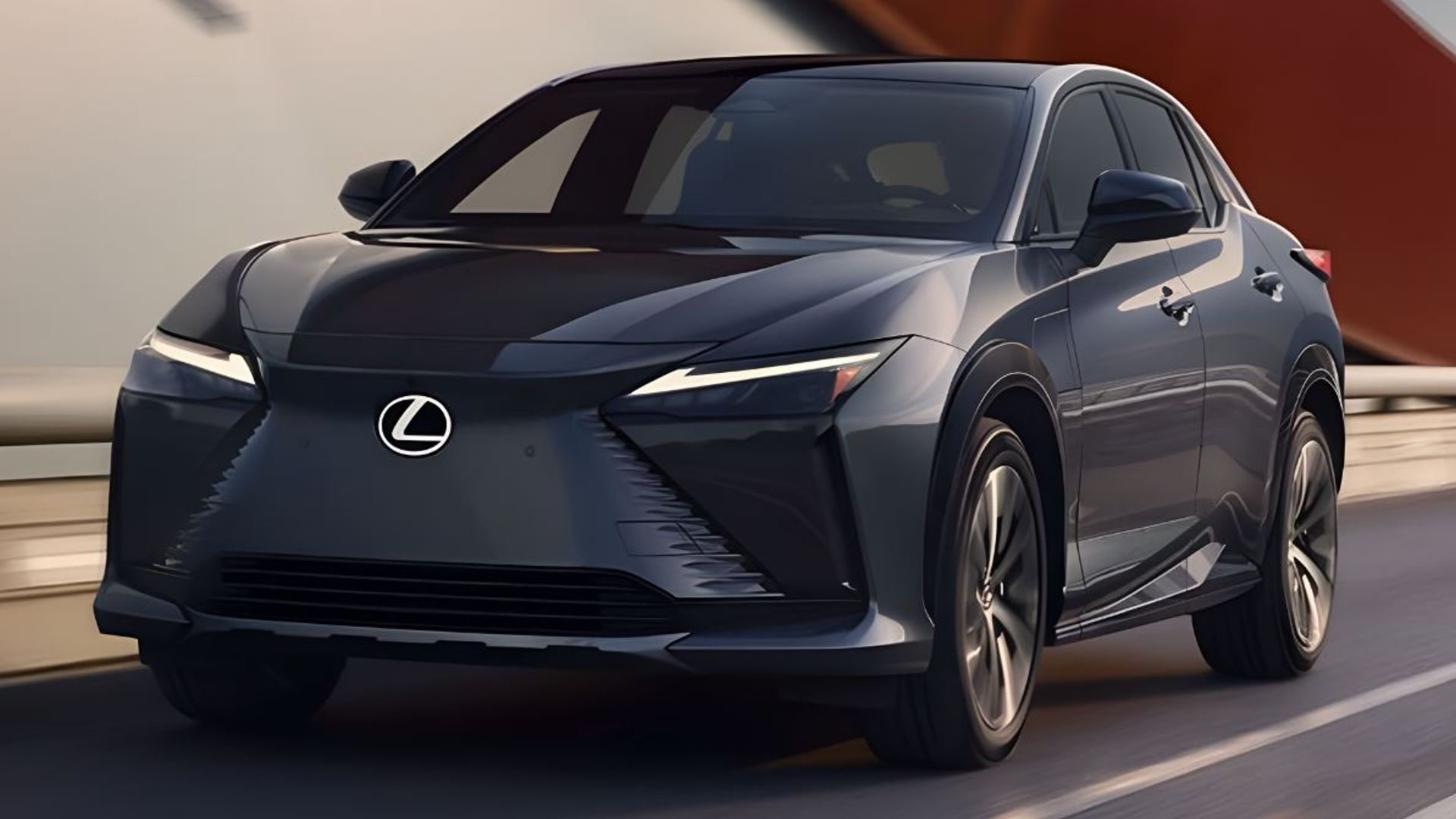
Related
2024 Lexus RZ: Every Trim Compared
Take a look at the 2024 Lexus RZ lineup, which introduces a new trim, offering an EPA-estimated range of up to 266 miles, and a lower starting price.
4
2025 Lexus RZ 300e
Estimated Energy Cost Per 100 Miles: $4.04
The 2025 Lexus RZ is Lexus’ sole entry in the luxury EV marketplace, offering an efficient, front-wheel-drive RZ 300e and the more performance-inclined, dual-motor RZ 450e. Competing with models like the Audi Q4 e-tron and Genesis GV60, the RZ emphasizes comfort, refinement, and Lexus’ reputable build quality.
2025 Lexus RZ 300e Specifications
|
2025 |
Lexus RZ 300e |
|
Motors |
Single permanent magnet |
|
Power |
201 hp |
|
Torque |
196 lb-ft |
|
Driveline |
Front-wheel drive |
|
Battery Capacity |
72.8 kWh |
|
Charging Times |
30 minutes to 10 hours |
|
Range |
266 miles |
|
Efficiency City |
137 MPGe |
|
Efficiency Highway |
112 MPGe |
|
Efficiency Combined |
125 MPGe |
|
Energy Consumption |
27 kWh/100 Miles |
|
Annual Energy Cost |
$600 |
|
Starting Price |
$43,975 |
While it lacks the cutting-edge range or performance of some rivals, the 2025 Lexus RZ 300e caters to buyers seeking a quiet, upscale EV experience rather than the outright speed and aggression of some of its rivals. Where it stumbles is in its slower fast-charging ability, which may hamper its long-distance motoring potential.
Pros
- Solid build quality
- Comfortable, high-quality interior
- Serene ride
Cons
- Slower DC fast charging capability
- Front-wheel drive may turn off some buyers
- Lacks performance and cutting-edge tech
3
2025 Hyundai IONIQ 6 SE Standard Range
Estimated Energy Cost Per 100 Miles: $3.76
The Hyundai IONIQ 6 SE Standard Range is the most affordable of Hyundai’s aerodynamically optimized electric sedan. It has some heady competition in the Polestar 2 and the Tesla Model 3, but the Hyundai distinguishes itself with its attractive buy-in for buyers wanting to dip a toe in EV waters with minimal concern for performance.
2025 Hyundai IONIQ 6 SE Standard Range Specifications
|
Motor |
Single permanent magnet |
|
Power |
149 hp |
|
Torque |
258 lb-ft |
|
Driveline |
Front-wheel drive |
|
Battery Capacity |
53 kWh |
|
Charging Times |
18 minutes to 5.5 hours |
|
Range |
240 miles |
|
Efficiency City |
151 MPGe |
|
Efficiency Highway |
120 MPGe |
|
Efficiency Combined |
135 MPGe |
|
Energy Consumption |
25 kWh/100 Miles |
|
Annual Energy Costs |
$550 |
|
Starting Price |
$37,850 |
With its sleek body, efficient powertrain, and smooth ride, the 2025 Hyundai IONIQ 6 SE Standard Range is bound to win over savvy buyers, who will be further delighted with its ultra-fast charging ability that overcomes its limited range with the ability to top up the 53-kWh battery in the time it takes for a traditional highway pit-stop.
Pros
- Exceptional efficiency
- Ultra-fast DC charging
- Comfortable well-equipped cabin
Cons
- Modest power output
- Shorter range than competitors
- No inexpensive AWD option
2
2025 Tesla Model 3
Estimated Energy Cost Per 100 Miles: $3.68
The 2025 Tesla Model 3 Long Range RWD is the latest version of Tesla’s and the world’s best-selling electric sedan, competing with models like the BMW i4 eDrive40, as well as Hyundai’s IONIQ 6. The Model 3 Long Range RWD balances efficiency and performance, and features improved aerodynamics and upgraded materials.
2025 Tesla Model 3 Specifications
|
Motors |
Single permanent magnet |
|
Power |
295 hp |
|
Torque |
309 lb-ft |
|
Driveline |
Rear-wheel drive |
|
Battery Capacity |
82 kWh |
|
Charging Times |
20 minutes to 8 hours |
|
Range |
363 miles |
|
Efficiency City |
145 MPGe |
|
Efficiency Highway |
128 MPGe |
|
Efficiency Combined |
137 MPGe |
|
Energy Consumption |
25 kWh/100 Miles |
|
Annual Energy Cost |
$550 |
|
Starting Price |
$42,490 |
Equipped with a single rear-mounted motor, the award-winning 2025 Tesla Model 3 Long Range RWD leans heavily on efficiency, returning a driving range of over 360 miles on a full charge. And, of course, it benefits from Tesla’s 250-kW Supercharger network that ensures a top-up to 80-percent in about 20 minutes, giving it a significant edge on highway road trips.
Pros
- Class-leading energy usage
- Extensive access to fast-charging network
- Aerodynamic efficiency
Cons
- No all-wheel-drive option for this trim
- Ultra-minimalist interior with few physical controls
- Firm, sometimes harsh, ride quality
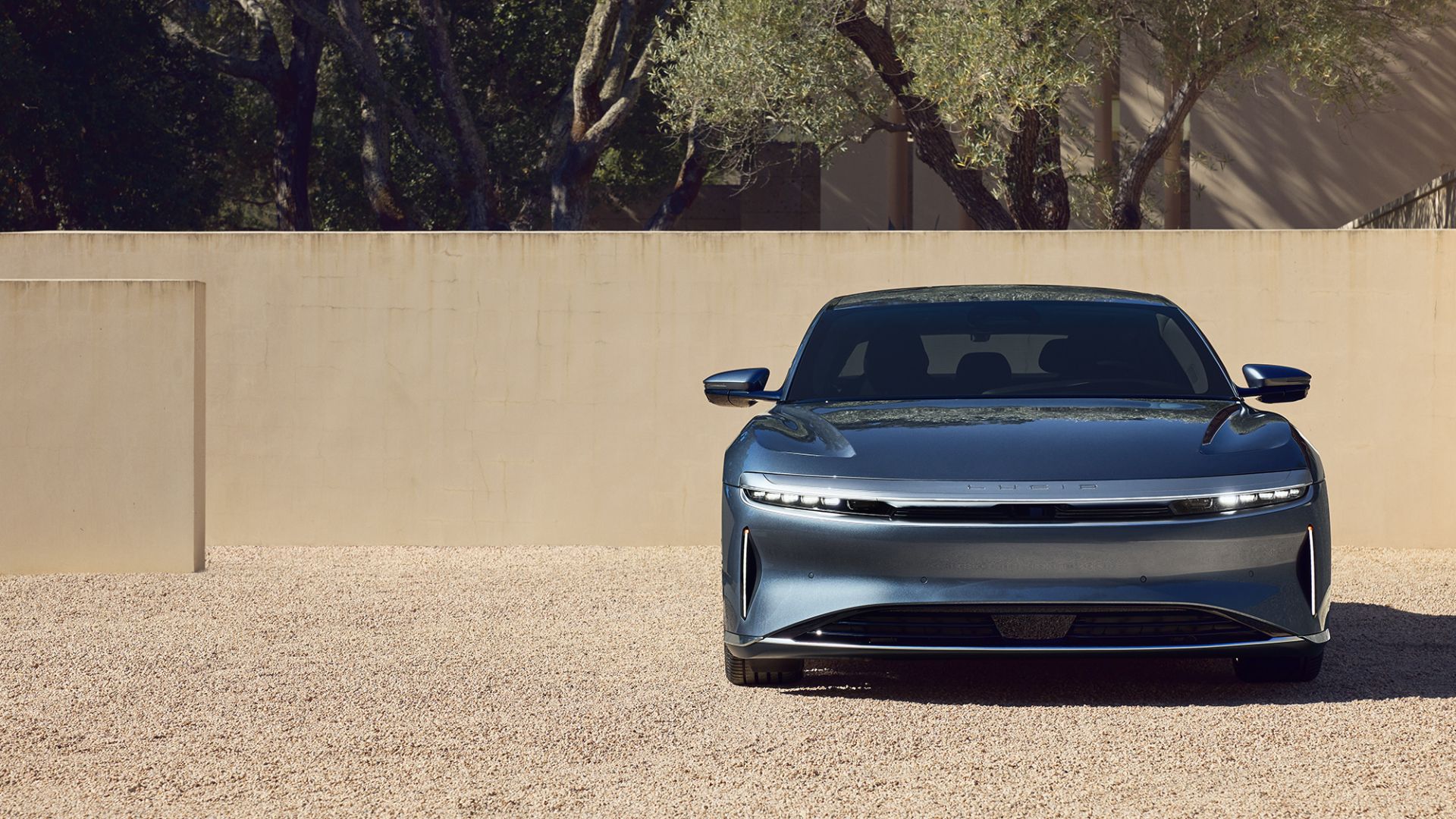
Related
10 Things You Need To Know About The Lucid Air Pure
Lucid never fails to impress with high-performing cars in the luxury electric sedan segment, and now arrives the Air Pure RWD with a lesser price tag.
1
2025 Lucid Air Pure
Estimated Energy Cost Per 100 Miles: $3.48
The Lucid Air was created to outdo the Tesla Model S in every way, and it has, from the ultra-exclusive all-inclusive Sapphire to the entry-level Lucid Air Pure that offers an attractive blend of design, range, and cutting-edge technology. Besides the Model S, it now counts the BMW i5 and Mercedes-Benz EQS among its rivals.
2025 Lucid Air Pure Specifications
|
Motors |
Single permanent magnet |
|
Power |
430 hp |
|
Torque |
406 lb-ft |
|
Driveline |
Rear-wheel drive |
|
Battery Capacity |
88 kWh |
|
Charging Times |
25 minutes to 14 hours |
|
Range |
420 miles |
|
Efficiency City |
149 MPGe |
|
Efficiency Highway |
142 MPGe |
|
Efficiency Combined |
146 MPGe |
|
Energy Consumption |
23 kWh/100 Miles |
|
Annual Energy Cost |
$500 |
|
Starting Price |
$69,900 |
The 2025 Lucid Air Pure focuses on efficiency and luxury, and leaves the outright performance to its upper trim AWD siblings. Still, it doesn’t give up on Lucid’s signature innovations, including its advanced battery technology and spacious, futuristic interior. Its range and cost-savings are top notch for an entry-level sports sedan.
Pros
- Exceptional efficiency and long driving range
- Ultra-fast DC charging
- Spacious, premium-quality interior
Cons
- Higher price point than rivals
- Limited fast-charging network

